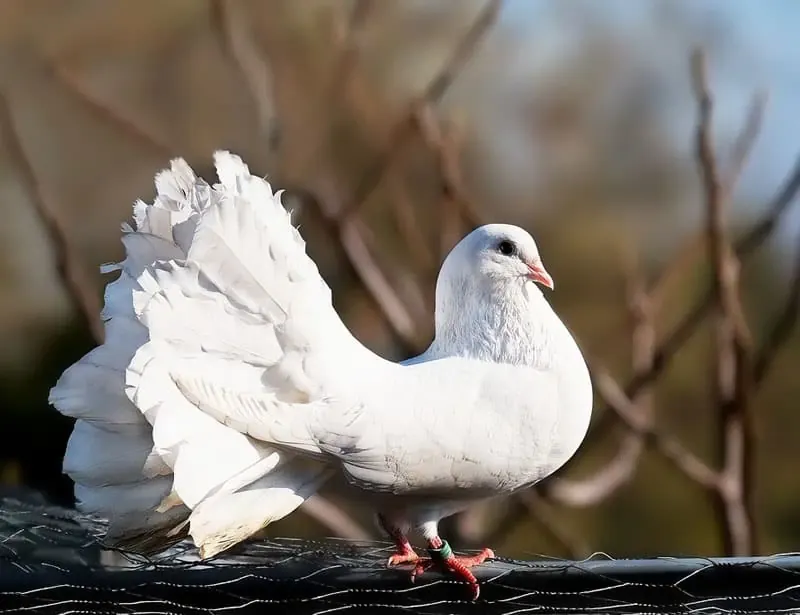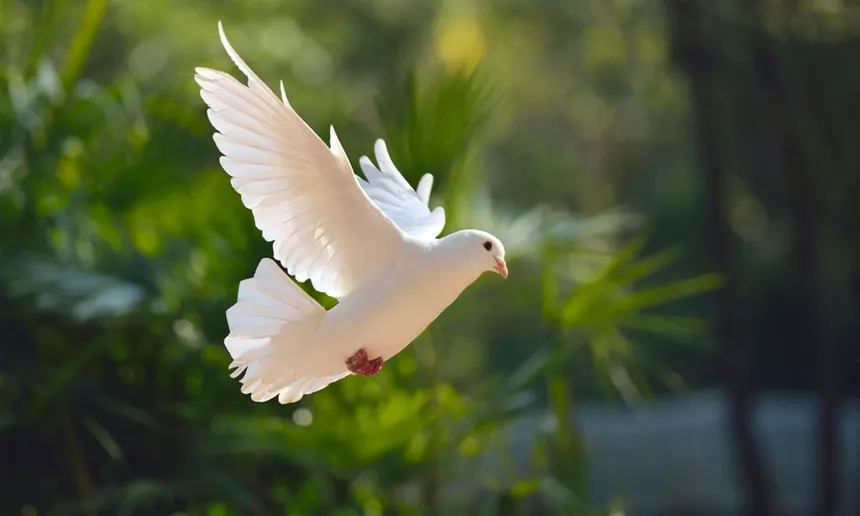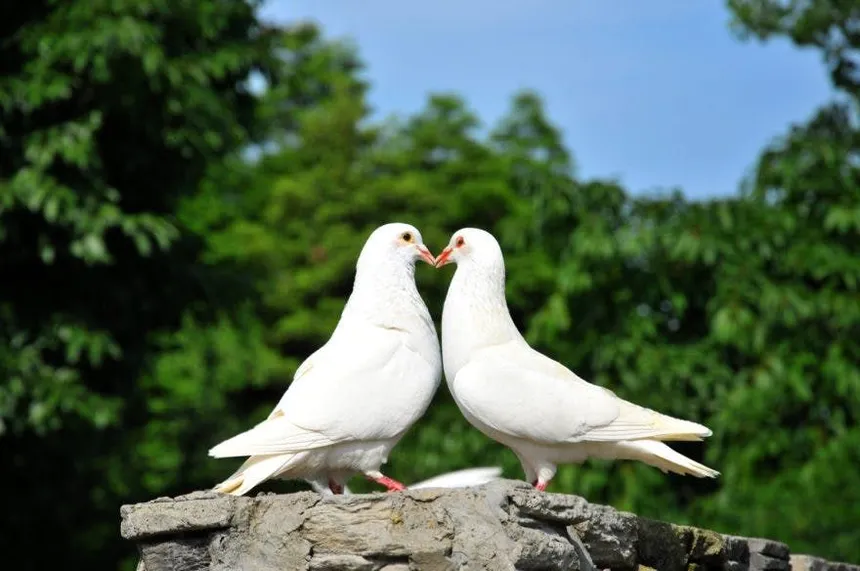Interesting and Surprising Facts About Doves

Gentle, graceful, and often seen as emblems of peace, doves have held symbolic significance across cultures and centuries. But beyond their poetic symbolism lies a bird full of biological wonders, surprising intelligence, and cultural influence. Doves belong to the same family as pigeons (Columbidae), and while the two are often used interchangeably, there are distinct species of doves with fascinating characteristics. This article dives deep into the world of doves, exploring curious facts, unique traits, and unexpected insights about these iconic birds.
1. Doves and Pigeons Are Family
Contrary to popular belief, there’s no strict scientific distinction between pigeons and doves. Both belong to the Columbidae family. The term “dove” is often used for smaller species, while “pigeon” refers to larger ones. For example, the common city pigeon is technically called the rock dove.
2. Universal Symbols of Peace and Love
Doves are universally recognized as symbols of peace, purity, and love. This symbolism traces back to ancient religions, including Greek and Roman mythology, Christianity, and Judaism. In the Bible, a dove returns to Noah’s Ark with an olive branch, signifying peace after the flood. Today, doves are often released at weddings and peace rallies to represent hope and new beginnings.
3. Doves Are Monogamous for Life
Doves are famous for their monogamous mating behavior. Once a pair bonds, they typically mate for life and work together to build a nest, incubate eggs, and care for their young. This strong pair bonding is one reason they are seen as symbols of lasting love and fidelity.
4. They Produce “Crop Milk”
Like pigeons, doves have a unique way of feeding their young: they produce a substance called crop milk. This nutrient-rich secretion, made in the lining of the crop (a pouch in the throat), is regurgitated by both parents to feed the chicks, known as squabs. Crop milk contains proteins, fats, and immune-boosting properties, similar to mammalian milk.
5. Doves Have Impressive Navigation Skills
Doves are exceptional navigators, capable of finding their way home across vast distances. This homing ability is still not fully understood, but researchers believe it involves a combination of sun position, magnetic fields, olfactory cues, and visual landmarks. This impressive skill has historically made doves and pigeons valuable as message carriers in wars and communication before modern technology.

6. Doves Can Recognize Themselves in Mirrors
A surprising scientific discovery revealed that some doves (like pigeons) can pass the mirror test, an indicator of self-recognition. This places them among a select group of animals, including great apes, dolphins, and elephants, capable of advanced cognitive functions.
7. They Are Found Worldwide
Doves are highly adaptable and can be found in nearly every part of the world, from tropical forests and deserts to urban environments. There are over 300 species of doves and pigeons combined. Notable species include:
- Mourning dove (North America)
- Zebra dove (Asia)
- White-winged dove (Mexico and the southwestern U.S.)
- Diamond dove (Australia)
8. Doves Can Breed Year-Round
Unlike many birds, doves do not adhere strictly to breeding seasons. Given the right conditions—especially in warm climates—they can breed throughout the year. Some doves can raise up to 5 or 6 broods annually, each typically consisting of two eggs.
9. Their Coos Are Unique and Communicative
Dove coos are not just background noise—they serve important communication roles. Coos are used for:
- Courtship rituals
- Territorial warnings
- Parent-chick bonding
Each species has its own distinctive call, and some, like the mourning dove, are recognized for their melancholic, haunting coos.
10. Doves Are Prey and Peacekeepers
Despite their peaceful symbolism, doves are a key prey species for hawks, falcons, snakes, and mammals. Their role in the food chain is vital. They also help spread seeds, contributing to ecosystem balance in forests and grasslands.
11. Cultural Appearances in Art and Literature
Doves frequently appear in poetry, religious art, political cartoons, and romantic stories. Pablo Picasso’s famous sketch “La Colombe” (The Dove) became a symbol of the international peace movement. In literature, doves often symbolize innocence, rebirth, and spirituality.
12. Doves Can Live Long Lives
In the wild, doves may live 3–5 years, but in captivity or safe environments, they can live up to 15–20 years. Proper diet, care, and protection from predators contribute to their longevity.

Conclusion
Though often associated with symbolism and ceremony, doves are much more than poetic birds. They are intelligent, resilient, and emotionally complex creatures with behaviors and traits that continue to surprise even scientists. Whether navigating vast skies, nurturing their young with crop milk, or cooing gentle songs from rooftops, doves remind us that even the most common birds can hold extraordinary secrets.



